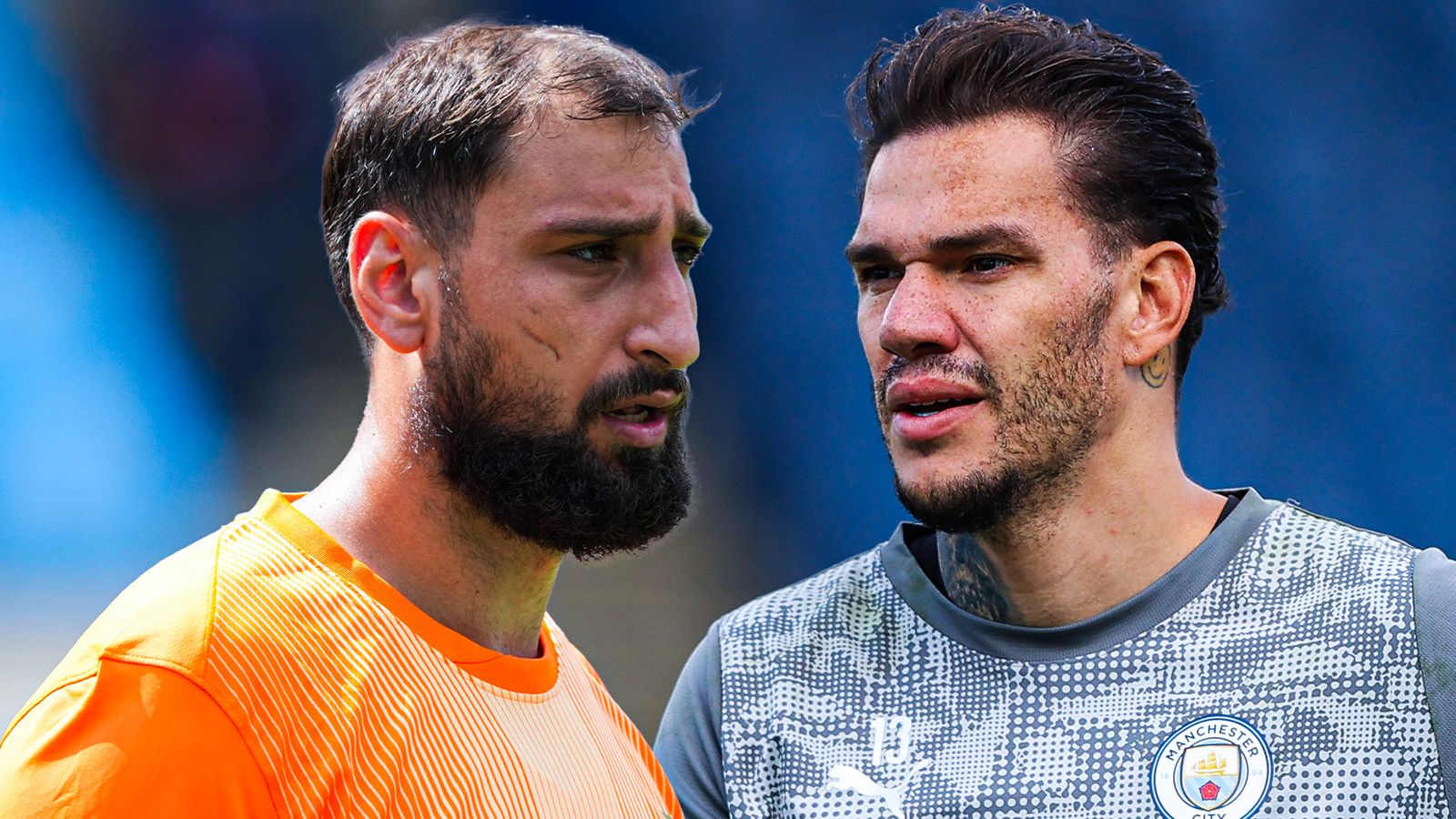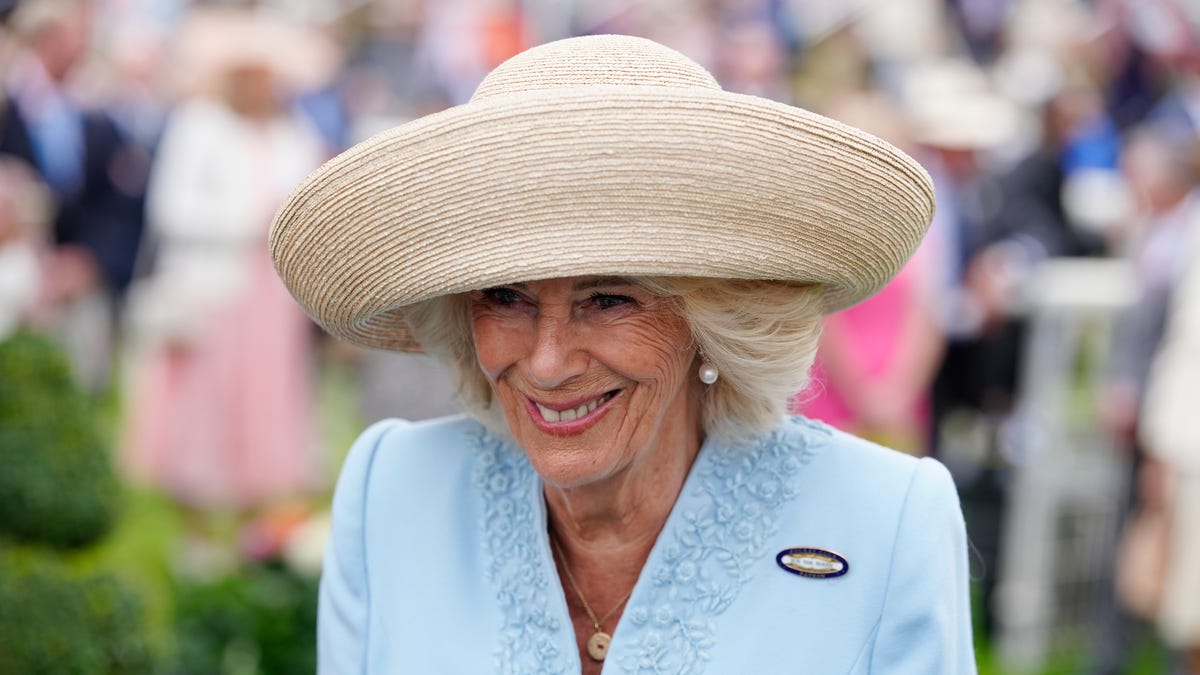Scientists are warning that creating “mirror life,” a radical new concept in synthetic biology, could potentially have dangerous repercussions if such organisms escaped the lab, where they may cause irreversible damage to humans and the world around us.
The concerns were detailed in a recent report that warned that mirror cells—artificially constructed living systems assembled from reversed molecular building blocks—might pose “unprecedented and irreversible harm” if they were ever created.
The concept, initially born out of an ambitious laboratory challenge, now has scientists and ethicists warning that the pursuit of such creations could represent one of the most dangerous frontiers in biology, which experts say should prompt global restrictions before further experiments are conducted.
What Is Mirror Life?
When it comes to life on Earth, all organisms share a fundamental and rather peculiar property: what scientists call chirality, or “handedness.”
DNA and proteins are assembled from molecules that fit together in a consistent orientation, much like right and left-handed gloves. With this in mind, a “mirror” cell would essentially flip these orientations, with its DNA and proteins becoming versions of our own, albeit reversed as though being viewed in a mirror.
In theory, a mirror cell would function much like a normal one, in that it grows, reproduces, and essentially thrives in the same ways our cells would do. However, since its molecular structure would be functionally alien to the biology of other living things on our planet, scientists warn that there could be grave consequences if it were ever created.
“The first mirror bacterium would likely be a fragile microbe exhibiting metabolic defects, which would limit its growth and durability outside the laboratory,” the authors of the recent report write. “Once created, however, mirror bacteria could be readily engineered to become more robust by using standard techniques to deliver mirror versions of existing bacterial genes.”
“This could confer new capabilities or even transform them into 1 Summary mirrored versions of robust existing bacteria,” the report states.
Why Scientists Are Concerned
At the outset, the premise for creating mirror life seemed promising. Since our immune systems wouldn’t recognize these cells, one might assume that they could one day be used for medical applications such as medicines that wouldn’t trigger harmful immune responses.
However, it is this same quality that experts are now warning could make them so dangerous.
Imagine, for instance, a mirror bacterium that was essentially invisible to our immune systems. Such an organism could feasibly infect the human body, where it could grow undetected, allowing it to spread rapidly throughout the body without it recognizing anything was amiss.
Going beyond the worrying possibility of such “stealth infections,” mirror life could also have devastating implications for our environment. If ever freed into the wild, mirror bacteria would be able to thrive with no natural predators, which may allow them to outcompete ordinary microbial organisms, eventually leading to their infestation of ecosystems where their proliferation could advance unchecked.
Overall, mirror life would represent a global invasive threat, and if they were to begin adapting to the environment, they could potentially infect not only humans but also plants and animals throughout ecosystems worldwide.
“It therefore appears plausible,” the report states, “even likely, that sufficiently robust mirror bacteria could spread through the environment unchecked by natural biological controls and act as dangerous opportunistic pathogens in an unprecedentedly wide range of other multicellular organisms, including humans.”
How Close Are We?
For now, current technological limitations mean that creating a full living mirror cell is still safely out of reach. However, that doesn’t mean that progress isn’t being made toward such potential creations: several labs have already succeeded in creating mirror-image proteins and enzymes, all early steps toward building whole organisms.
Based on current timelines, experts expect that a complete mirror bacterium could be engineered sometime within the next decade, a timeline that has many biosecurity experts concerned, as even a single accident could potentially cause irreparable damage.
A Call for Global Action
Given the high stakes of such technologies, a growing number of experts are getting involved. This includes nearly a hundred scientists, ethicists, and policymakers, who recently gathered in Paris in June to discuss next steps, with more meetings planned in Manchester and Singapore.
The consensus, for now, is very clear: self-regulation on the development of mirror life will not be enough. Scientists concerned about the unintentional release of mirror life into the natural world at any time in the future believe that now is the time to begin taking action.
“Mirror bacteria may directly drive vulnerable plant and animal species to extinction, and the loss of vulnerable ‘keystone species’ could indirectly trigger severe ecological disruptions,” the report warns.
By the time such synthetic agents have already made their way into the environment, combating them could be very difficult, the report’s authors warn.
“Ecological countermeasures such as the synthesis and release of mirror phages that target the invasive mirror bacteria could reduce their maximum population size, but would have little realistic prospect of averting these large and irreversible harms,” the authors say.
The report, “Technical Report on Mirror Bacteria: Feasibility and Risks,” is available via the Stanford Digital Repository and can be read online.
Micah Hanks is the Editor-in-Chief and Co-Founder of The Debrief. A longtime reporter on science, defense, and technology with a focus on space and astronomy, he can be reached at micah@thedebrief.org. Follow him on X @MicahHanks, and at micahhanks.com.











